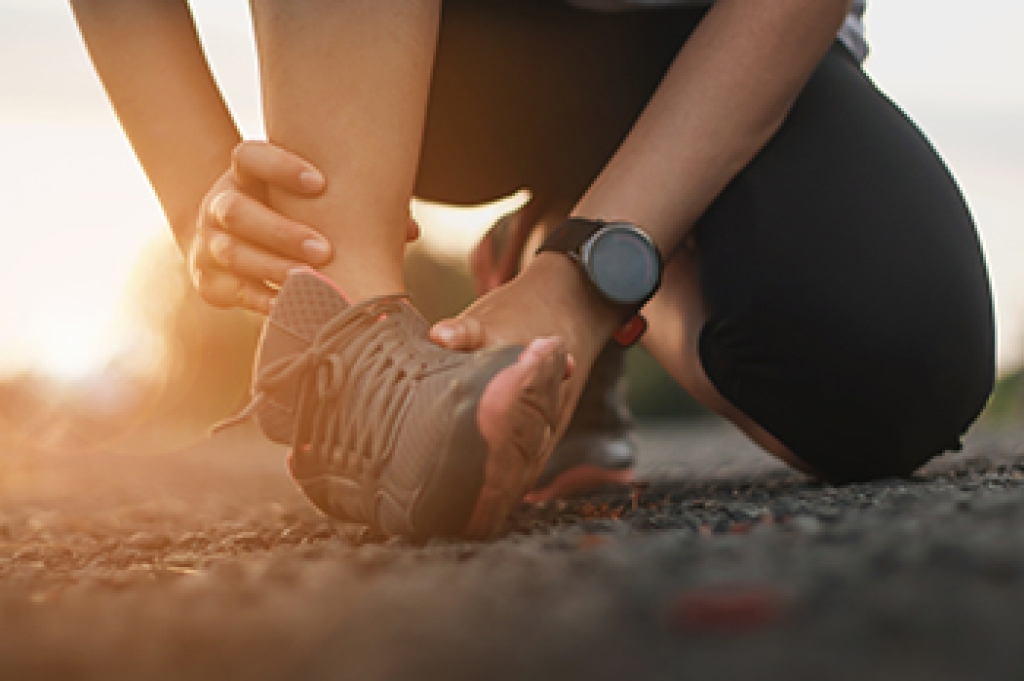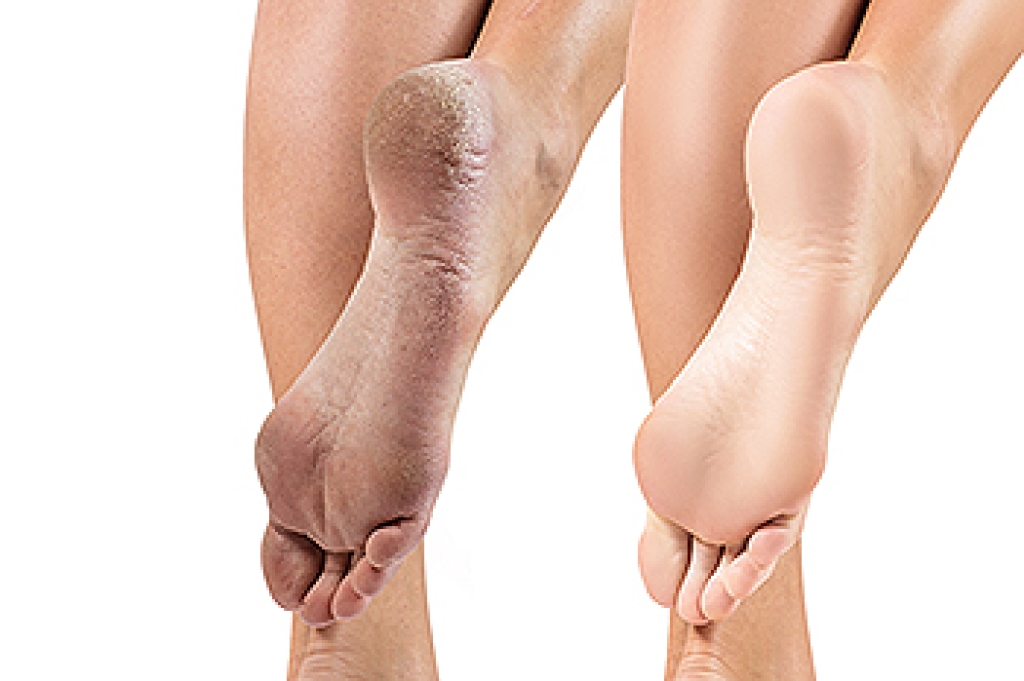
Foot pain in the elderly can stem from various underlying health issues, significantly impacting mobility and quality of life. One contributing factor is kidney disease, which can lead to fluid retention and swelling in the feet, causing discomfort. Neurological disorders may also play a role, as conditions such as neuropathy can result in altered sensations and pain due to nerve damage. Additionally, thyroid disorders can affect metabolism and circulation, leading to symptoms that manifest in the feet. A lack of vitamin D, essential for bone health, can also result in weakness and discomfort, particularly in the lower extremities. If you have any type of foot pain, it is suggested that you contact a chiropodist who can determine what the cause is, and offer effective treatment options.
Foot pain can have many causes. To receive an accurate diagnosis and treatment for your foot pain, please consult with one of the chiropodists from The Footcare Centre. Our chiropodists will assess your condition and provide you with quality foot and ankle treatment.
Causes
There are a variety of different conditions that can cause foot pain, including:
- Plantar fasciitis
- Deformities, such as bunions or hammertoes
- Injuries to the muscles, bones, tendons, or ligaments in the feet
- Arthritis
- Flat feet
- Ingrown toenails
Symptoms
The type and location of your foot pain can help determine what may be causing it and what type of treatment options are best for you.
Common types of foot pain include:
- Heel pain
- Arch pain
- Toe pain
- Ball of foot pain
- Pain that has a stabbing, burning, or tingling quality
- Pain that is constant, intermittent, or that gets better or worse depending on the situation
Diagnosis
A thorough medical history and physical examination of your feet will be required to determine a diagnosis. Imaging studies, such as X-rays or MRIs may be performed to rule out or confirm certain diagnoses.
Treatment
Treatment will depend on the cause of the pain. Common treatments for foot pain include resting, icing, compressing, and elevating the affected foot, wearing orthotics, or taking anti-inflammatory medications.
If you have any questions please feel free to contact our office located in Niagara Falls, ON .




